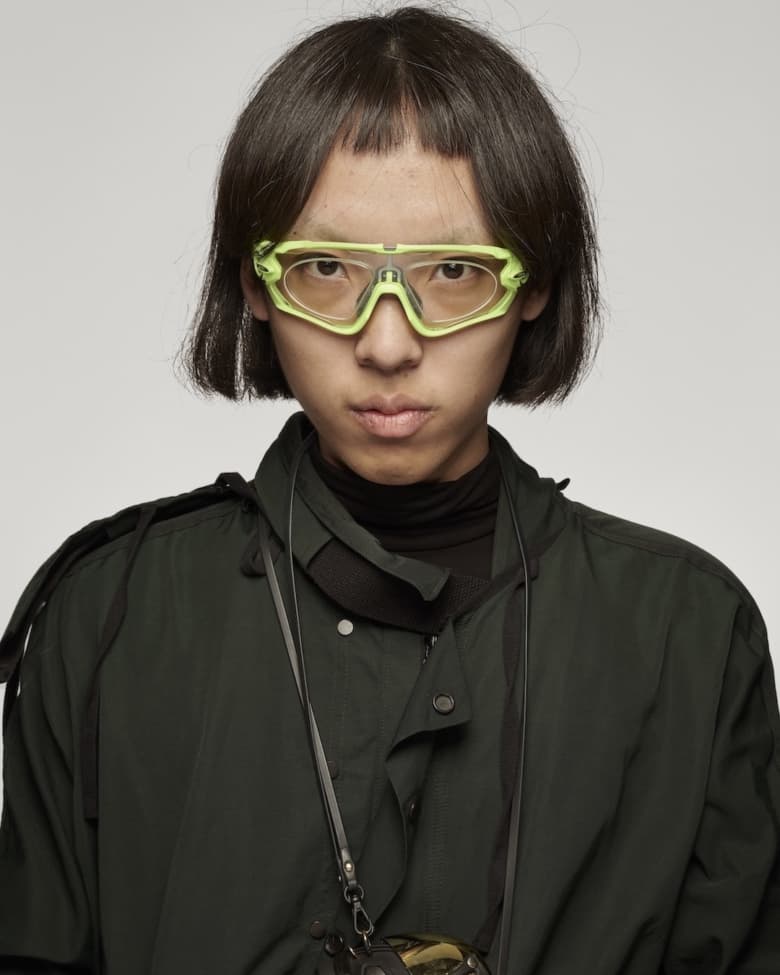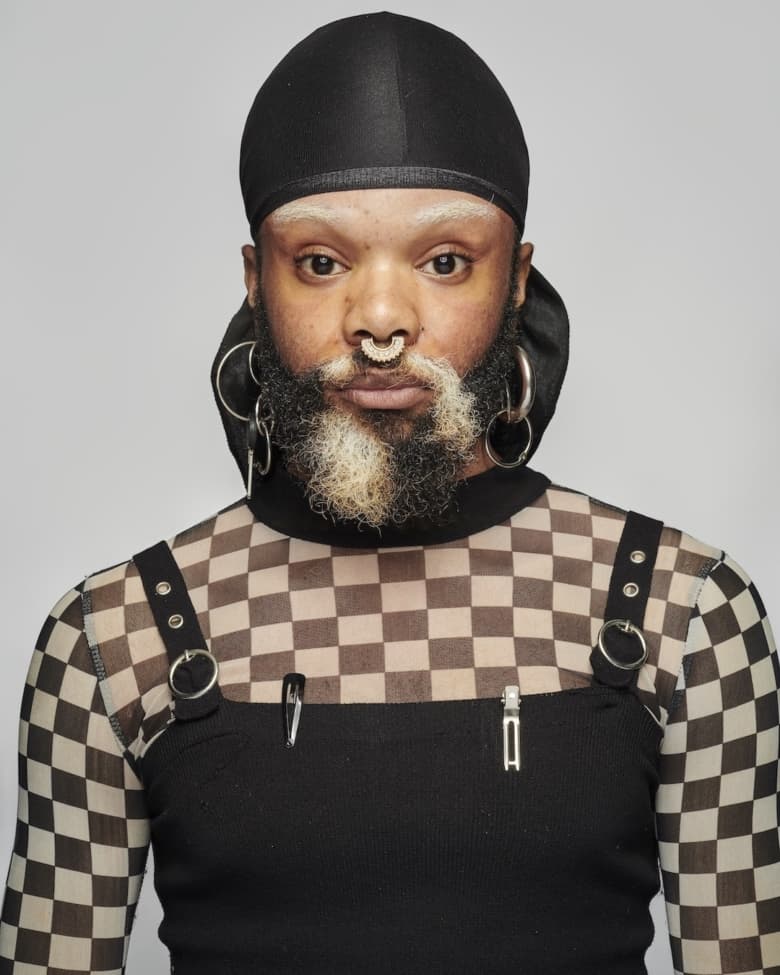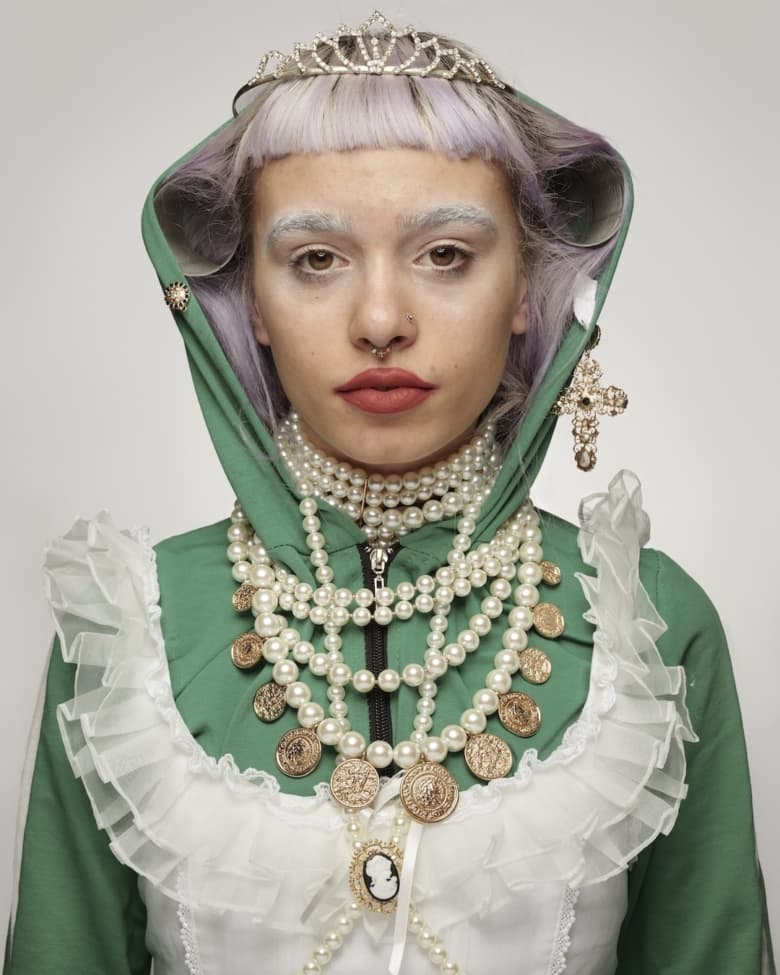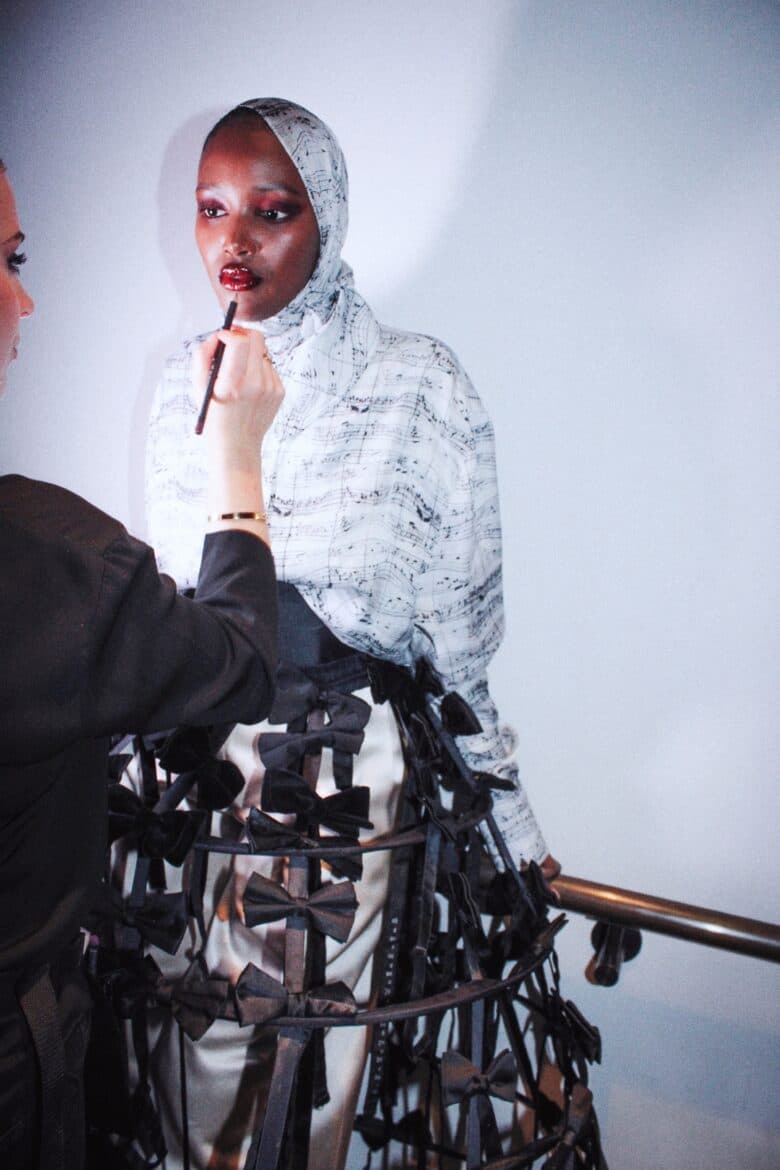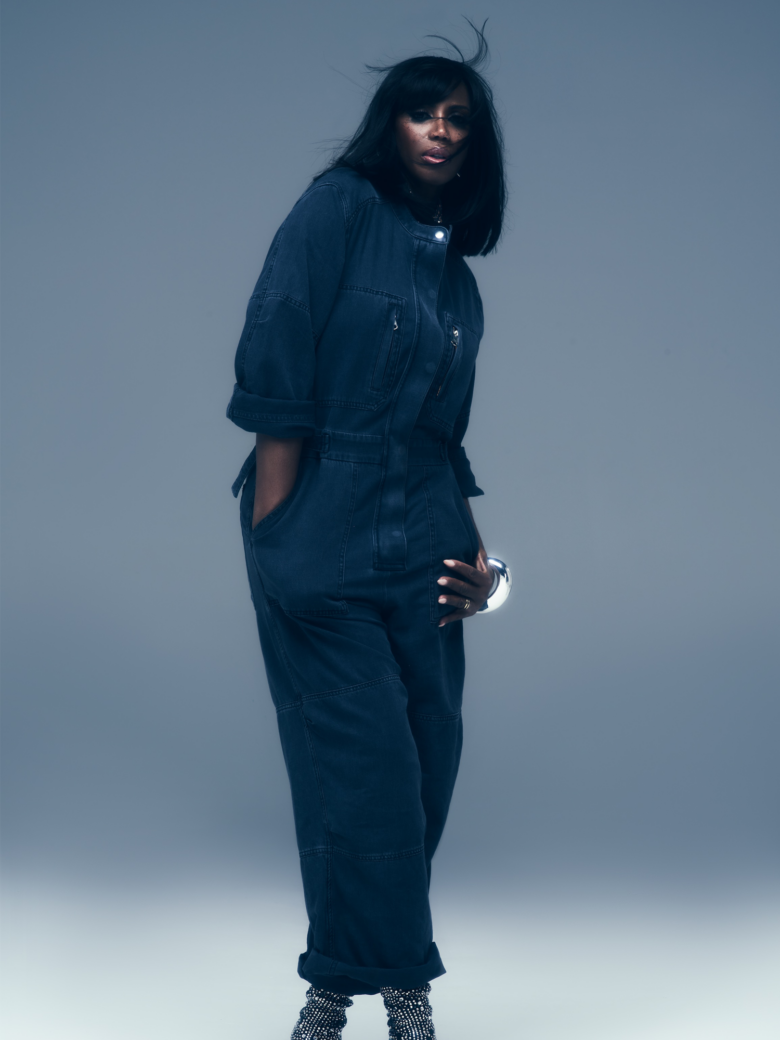The DIY Issue: That’s So CSM
The behemoth that is University of the Arts London (UAL) – a conglomerate of six art colleges with more than 19,000 students – has proudly been described as “the world’s biggest factory for making trouble” by its current chancellor, Grayson Perry. Whether UAL grads really are stirring things up is a matter of opinion, but the production-line analogy holds up. Ranking number two globally in league tables for art and design and having churned out more than half of the Turner Prize recipients since the award was founded in 1984, the institution is considered something of a pipeline to creative success.
Central Saint Martins (CSM), the most famous of UAL’s colleges, is known for dominating the fashion world, producing design icons such as Alexander McQueen and Stella McCartney, and sees its grads secure places on the taste-making Fashion East incubator programme year after year. Outside fashion, the list of its notable alumni – which includes the likes of photographer and filmmaker Campbell Addy, ground-breaking make up artist Isamaya Ffrench and rapper MIA – reads like a who’s who of contemporary culture. A source of fascination to outsiders, CSM was immortalised by that Pulp song and has also been the subject of a book, a documentary series and reams of articles. Most recently, CSM graduates Balint Alovits and Lina Stallmann, alongside the anonymous Instagram account @thats_so_csm, turned the camera on their own community. Capturing the student body in all their eccentricity, the collection of more than 300 portraits this produced demonstrates that what really makes the art school so special are the people within its walls.
On the flip side, its students have been expressing their frustration about the lack of provision of training in technical and business skills. Even ignoring the fact that the career prospects for arts-degree graduates have never been great, those taking courses at CSM simply don’t feel like they’re getting enough out of them: UAL came in fifth to last in the 2020 National Student Survey when it came to overall satisfaction. So, aside from the cultural cachet associated with attending the school and the chance to get your grad collection featured on Vogue.com, is the CSM experience really worth it? The answer, it seems, is complicated. Jegor Pister, who graduated earlier this year from its prestigious MA Fashion course, suggests that the college is trading off its reputation rather than focusing on its current students. “CSM is not the art school it used to be in the 1990s or early 2000s,” he says. “The communal spirit is dying, and it seems that keeping their reputation alive is more important than the actual willpower to teach their students a valuable ground to build a career on.”
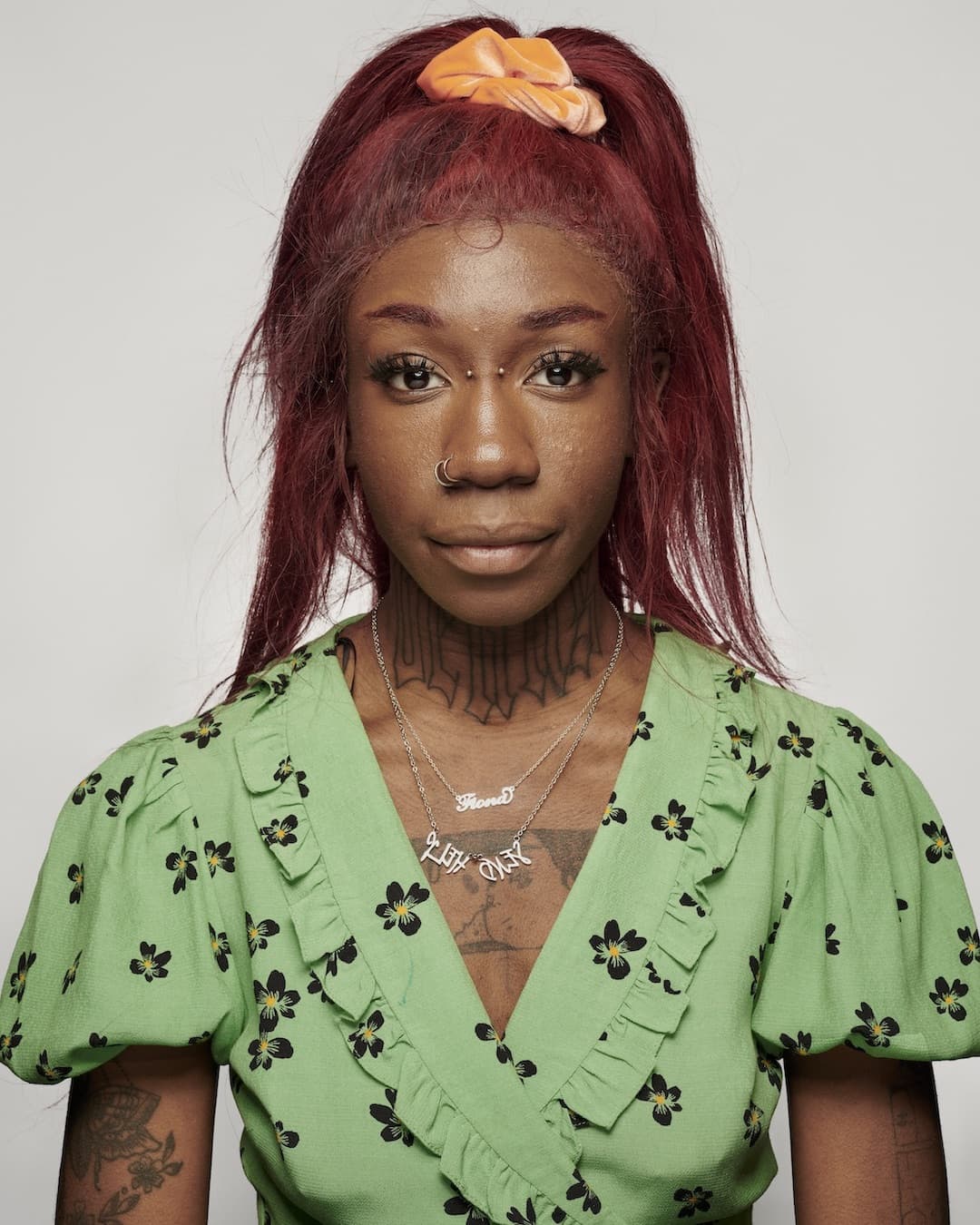
But while CSM has been accused of not offering much by way of instruction, Jegor feels that this is actually one of its biggest strengths, as it encourages students to be independent and have greater faith in their own ideas. “The MA Fashion course does not teach you any skills, it’s something you have to do on your own. You have to show rigour, discipline, self-motivation, energy, and [have] an endless amount of ideas. Only then comes their turn, where they give you input on how to apply all of that and how to make the best of it,” he explains. “That is what MA Fashion at CSM is really good at, it sees and understands your value and then pushes you towards that very specific direction.”
While it’s heartening to hear that Jegor has had a positive experience overall, it feels unfair that the onus is placed on students to succeed, rather than on the university to support them in doing so. Taking into account what the students are paying to attend, they should be entitled to a bit of academic handholding. However, according to Johanna Parv, a graduate of both the BA and MA Fashion courses at CSM, the situation isn’t a straightforward case of student exploitation. “[The university] definitely profits from us, but we profit from them, and this is how it works until we figure out a new system,” she says. “It is important to understand that a university is a business and it is our responsibility to keep our integrity and benefit from the system they have created in the best possible way.”
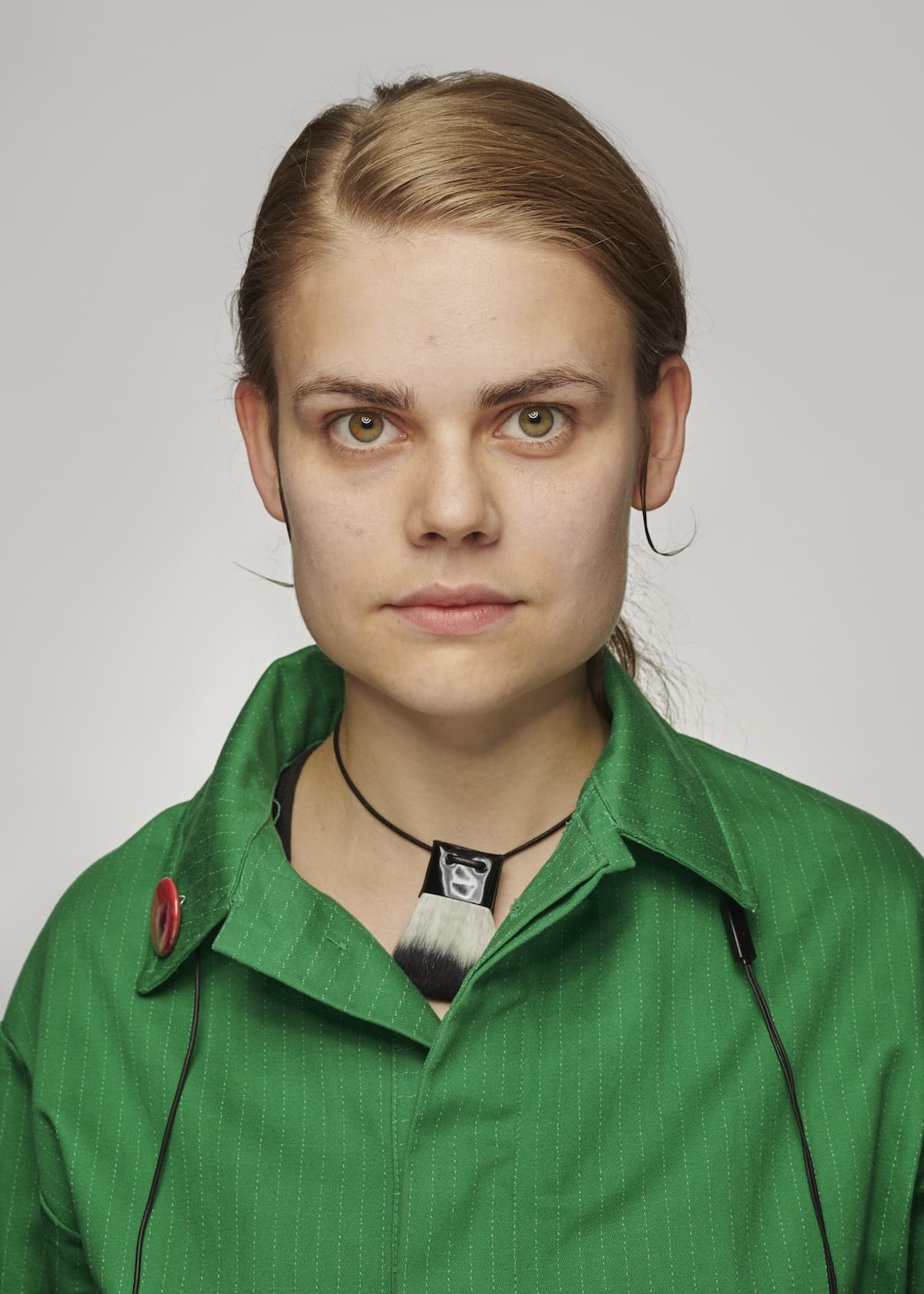
Johanna is right: universities are, first and foremost, businesses nowadays. The UK government has been slashing funding for arts subjects for more than two decades – simultaneously uncapping course numbers and introducing, and then hiking up, tuition fees – so institutions have had little option but to raise their student intake and cut costs in order to keep the lights on. And with education transforming into private investment financed through loans rather than a universal right supported by the government, the student has become a consumer, shopping around for the best “deal” or the flashiest “brand”, while the graduate – and whatever success they achieve once they have their certificate – becomes the final product that the university is selling. In this kind of transactional environment, so focused on achievement, there’s little room for CSM students to rebel, make mistakes and ultimately craft the truly disruptive creative practices that we associate with the art school’s golden age.
Beyond CSM’s walls, though, there are more fundamental flaws in our arts-education system. For several years, state schools have been reporting that they are being forced to cut back on facilities, lesson time and specialist staff for creative subjects, while A-level entries for dance, drama and music fell by more than 30 per cent for each subject between 2010 and 2018. Arts education is in decline and the ones least affected are proving to be young people from middle- and upper-class backgrounds, who are more likely to be in private education or have parents who have the extra cash to pay for the necessary equipment and creative extracurriculars. A 2018 study reported that less than 20 per cent of people with careers in music and the performing and visual arts came from a working-class background, making it clear that the industry is becoming increasingly difficult for lower-income individuals to access. And when we allow bourgeois aesthetics and homogeneity to supplant diverse talent and perspectives, we are putting the final nail in the coffin of our culture.

The lingering effects of the pandemic and the subsequent shock to the UK economy suggest that these issues are only going to get worse before they get better. Moving forward, the job market looks like it will be particularly reduced for arts and fashion graduates, whose industries are among those that have been hit the hardest. This, at least, is what Johanna, who graduated directly into the pandemic in March, reports: “My studies weren’t affected, but the final exhibition ended earlier. In the fear and panic, there weren’t as many employers or people from the industry visiting as usual, especially from overseas.” Beyond these more immediate employment worries, Jegor notes that the pandemic throws up some serious existential questions for the fashion industry and fashion education at large. “The MA Fashion course, similar to the fashion industry itself, is based on speed and competition as a driving force,” he notes. “In light of the pandemic and the faults it has unleashed on the fashion system, I wonder how innovative or, most importantly, sustainable such an educational experience is.”
The arrival of COVID-19 has exposed what we already know: that fashion schools and the fashion industry in their current forms are unsustainable. The bottom line is that, if CSM really is the innovator it continues to position itself as, it should be helping to spearhead a radically different, more tenable future for creative education. No establishment can single-handedly reject the status quo, especially when it’s struggling to survive itself, but it can have a hand in challenging the kind of resignation that students like Johanna are expressing. Institutions should be empowering the next creative generation to shape a new system, rather than encouraging them to prop up the neoliberal model. If something’s broken, you should be looking for ways to fix it.
The opinions expressed in this article are those of the author and do not reflect those of the photographers. The DIY Issue is out now, get your own copy here.
